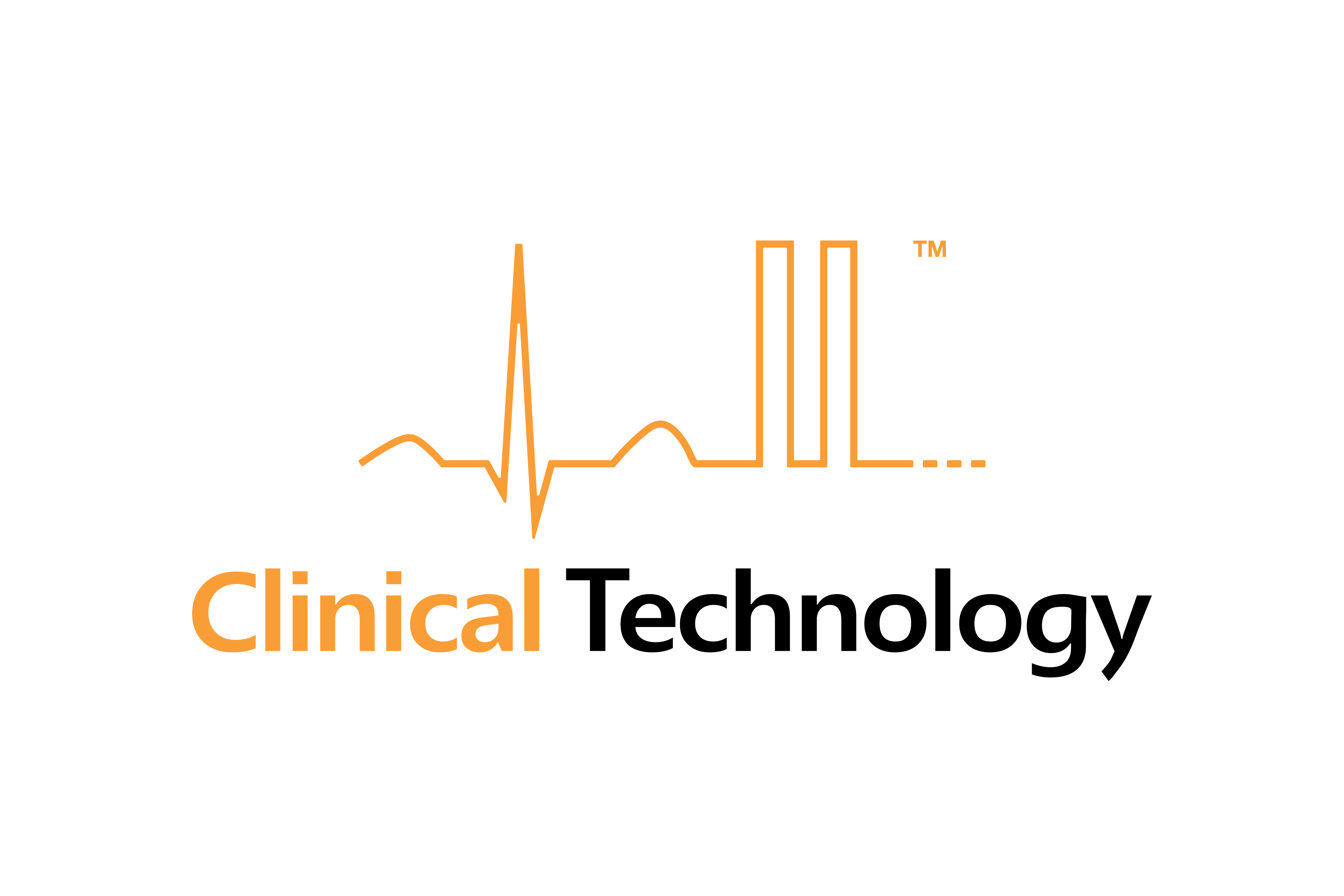There are a number of clinical predictive algorithms on the market that are based on heart rate variability (HRV). Heart rate variability is a value that quantifies the beat-to-beat variability in a specific time-frame measured in miiliseconds. In an electrocardiogram the R wave represents the tallest peak and is is the electrical manifestation of the electrical stimulus as it passes through the ventrical wall. Typically the R to R interval is .6 to 1.2 seconds. If you measure all of the heart beat R to R intervals, and average, you end up with the Heart Rate Variability parameter.
Heart Rate Variability or HRV has been demonstrated to be a harbinger of sepsis and patient degradation. It has been used my many companies including the “Hero” Score in the NICU as well an in the emergency department. It might be noted that HRV can be derived from a few cardiac cycles or QRS complexes. It has been measured for over 30 years in ambulatory (Holter) measurements and in the last ten years has seen a resurgence with high positive predictive value corelation for sepsis and patient mortality. It has been used in the NICU, ICU, and even in the emergency department.
Methodology– While HRV can be derived from just a few QRS complexes in an electrocardiogram, better results are obtained using long-term ambulatory ECG (Holter monitoring) or even better with patient monitoring or wearable derived monitoring. The two main maunufacturers of patient monitoring including GE and Philips have high-speed data interfaces (HSDI) that output XML files coinciding with monitored parameters and waveforms from their systems. GE has the Carescape Gateway (CSG) and Philips has the PIIC IX Interface (or Intellivue Gateway). They both save waveforms and paramters in two second XML files that can be concatenated to re-construct entire patient stays.


